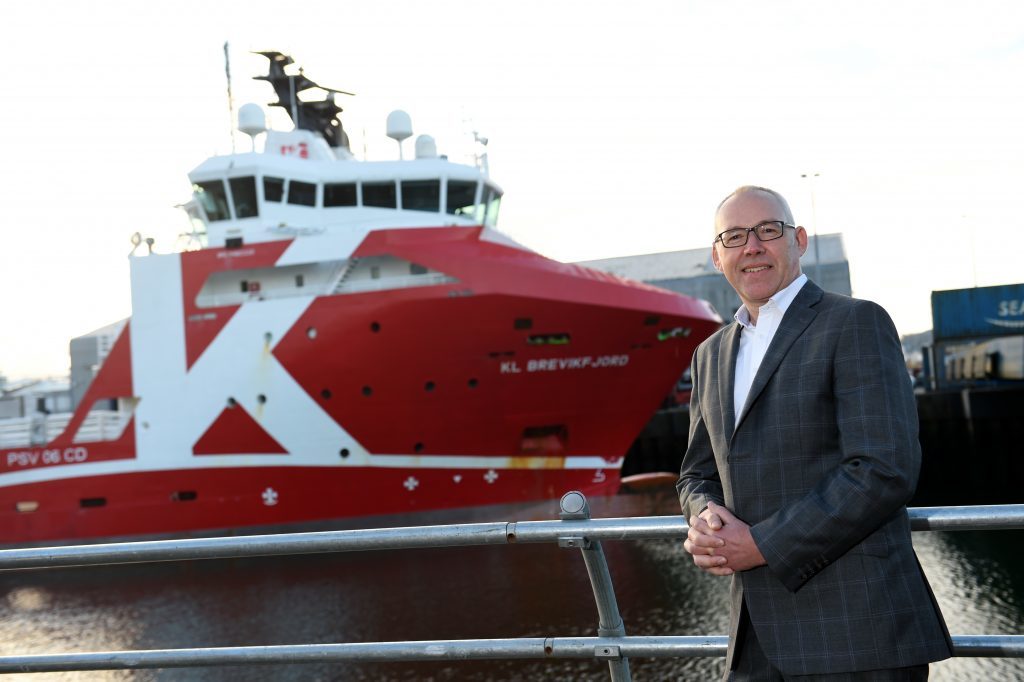
With a number of North Sea platforms exceeding their profitable life, operators are currently grappling with how best to manage these assets through the decommissioning process.
With strong competition against other cash generating projects, nobody wants to unnecessarily spend money during the non-revenue phase, meaning that we have to consider how we can save the liability holder money during the decommissioning process.
In the past, the industry has typically turned to the traditional providers – the ‘trusted giants’ – in the engineering world to help with the safe removal of assets that have been decommissioned in the North Sea. But is this the most cost-effective method and approach to take?
There is no doubt that the large EPC houses have significant resources and financial reserves to comfort any potential contracting party, but do their business models align with their client and the UK taxpayer’s desires to decommission the asset for the lowest cost possible? These businesses are built on selling man hours for the optimisation and preservation of the asset in a cash producing mode but when an asset is “cold” a very different mode of thinking is required to manage that structure through to removal in a safe but cost-efficient manner.
A new way of thinking and working is needed.
Integrity needs to be maintained during the transition phase from cessation of production to removal which depending on vessel availability could continue for years. A fit for purpose strategy must be adopted even though this may not align with the inspection and repair strategy of a producing asset.
The industry spends millions of pounds each year on inspecting assets but do we really need to inspect to this level? Can we prove the reliability and integrity of an asset through use of engineering methods and align it to the removal date? Do we really need to be on-board an asset 24/7? Technology such as sensors and CCTV can be used to prove the integrity and provide adequate maintenance and repair information to enable a campaign process approach rather than maintaining a permanent presence.
These campaigns can be carried out using multi-skilled resources thereby allowing inspection, access and assess and repair operations to be carried out by one team rather than separate, disparate teams.
Understanding the scopes and required outcomes allows for all ‘caretaking’ work to be performed on a fixed price basis. Only by adopting a different mindset, different business models and utilising different companies will we be able to achieve these aims and get the best result for both client and taxpayer.
Jonathan White is business development director at Apollo.
Recommended for you
